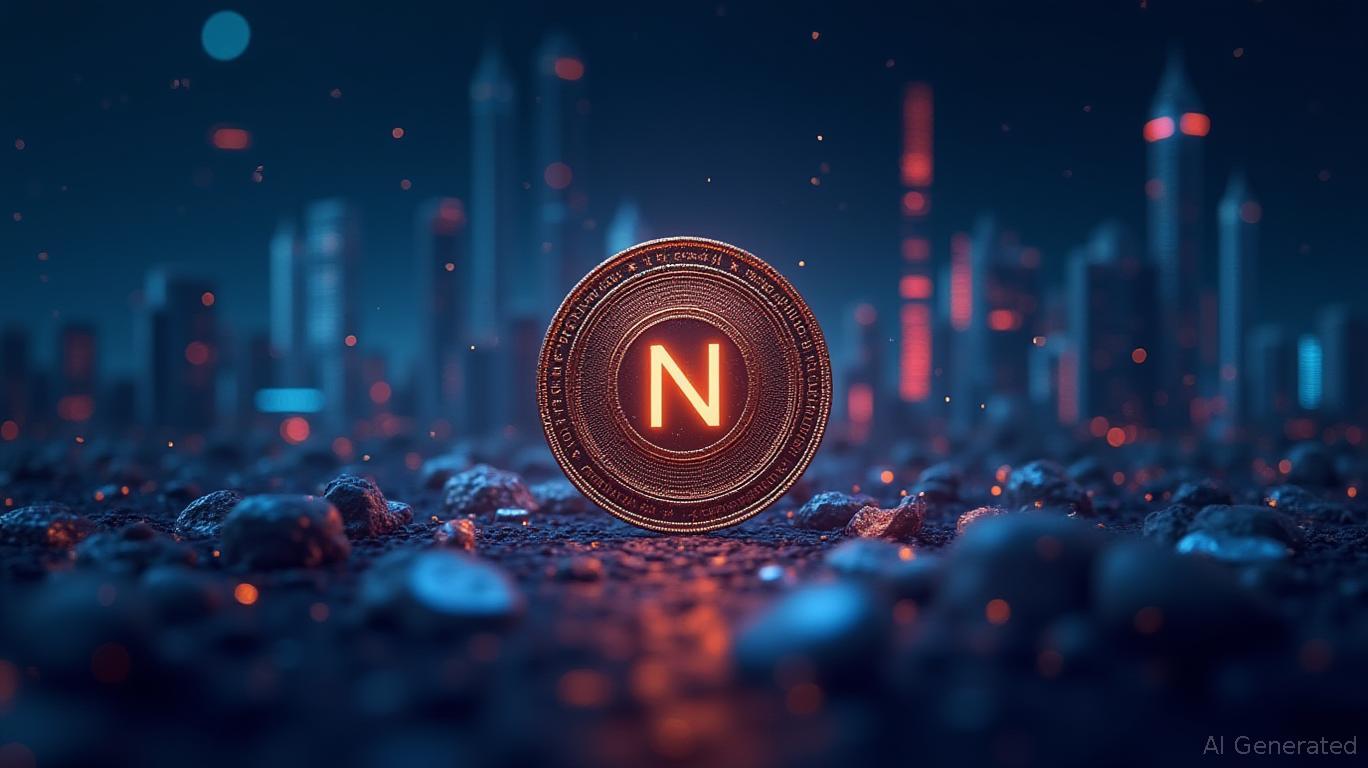AInvest Newsletter
Daily stocks & crypto headlines, free to your inbox
Cardano has embarked on a transformative journey by implementing a comprehensive multi-layered scaling strategy. This initiative involves the integration of diverse Layer-2 technologies to enhance performance, privacy, and interoperability within its ecosystem. The strategy is designed to meet the growing demands for decentralized applications, financial transactions, and cross-chain communication.
Cardano’s new roadmap includes the adaptation of Layer-2 solutions tailored to various requirements. A key component of this strategy is Hydra, which is designed for rapid, small-group transactions and large-scale usage scenarios. Recent controlled experiments have demonstrated Hydra’s capability to facilitate over a million transactions per second, highlighting its potential in high-demand scenarios and underscoring Cardano’s efforts to bolster scalability.
In June 2025, during a research gathering orchestrated by Input Output Research and the Intersect Research Working Group,
unveiled its latest Layer-2 undertakings. These initiatives showcased contributions from various entities aiming to enrich the ecosystem. Anastasia Labs introduced Midgard, designed to reduce dependency on decentralized governance while offering optimistic batching technology. This innovation is anticipated to launch on the main network later this year and seeks widespread applicability.Additionally, zkFold SA focuses on enhancing privacy and efficiency through a mechanism that consolidates transactions with a unified notification. Eryx unveiled a novel bridge technology grounded in zero-knowledge cryptography, ensuring secure exchanges between Cardano-based networks. Sundae Labs has introduced Gummiworm, a Layer-2 rollup solution expected to segregate asset control from transaction execution, thereby offering increased flexibility.
The event emphasized the crucial role of protocol compatibility and interoperability, aiming to foster standards and collaboration across divergent projects. Participants advocate for a holistic strategy, counteracting the fragmentation seen in other blockchain ecosystems. Cardano prioritizes standards and interoperability with the goal of creating an integrated ecosystem instead of independent projects. This foray into integrated growth reflects Cardano’s pivot towards diverse solutions contributing to the network’s foundational elements like security, performance, and usability.
Cardano’s strategy illustrates a forward-looking perspective, envisaging a robust, unified ecosystem driven by bespoke, advanced technologies tailored to the community’s multifaceted needs. As it pursues this ambitious path, the emphasis on coordinated development and adherence to standards might redefine blockchain ecosystems’ operational dynamics. The layered approach is poised to meet the evolving demands in blockchain performance and scalability, integrating multiple Layer-2 solutions to enhance user and developer satisfaction. The strategy supports a spectrum of applications, especially in decentralized finance and cross-chain interactions, and collaboration and standardization bolster the ecosystem against fragmentation threats.
Cardano’s latest layer-2 scalability innovations are designed to enhance the scalability and efficiency of its blockchain ecosystem. These advancements are part of a broader roadmap adopted by Cardano, which includes the adaptation of layer-2 solutions to meet diverse needs. Hydra, a core component of these innovations, will continue to play a pivotal role in improving transaction throughput and reducing fees across the network. The new layer-2 scalability solutions are designed to bolster ADA’s standing in decentralized finance (DeFi) and non-fungible token (NFT) markets. By enhancing efficiency and user experience, these technological upgrades are expected to address scalability bottlenecks that have historically limited blockchain adoption.
The advancements go beyond the foundational Hydra protocol, exploring new scaling solutions that could revolutionize the network’s capacity to handle higher transaction volumes while maintaining low latency and cost efficiency. In June 2025, under the leadership of Input Output Global (IOG), Cardano announced major developments in its layer-2 scalability technology. These innovations are crucial for Cardano’s ambition to compete effectively within the decentralized application (dApp) and DeFi landscapes. Supported by the Cardano Foundation, these enhancements are aimed at addressing scalability bottlenecks that have historically limited blockchain adoption. By increasing transaction throughput and reducing fees, Cardano is positioning ADA as a more viable option for developers and users seeking reliable and cost-effective decentralized solutions. This move aligns with broader industry trends where layer-2 solutions are becoming essential to meet growing demand without compromising security or decentralization.
The new protocols introduced by Cardano incorporate advanced scaling techniques that improve operational efficiency and network performance. These protocols facilitate faster transaction processing and enable more complex smart contract executions without congesting the main chain. The integration of these layer-2 solutions is expected to create a more resilient infrastructure capable of supporting a diverse range of dApps and DeFi platforms, thereby enhancing ADA’s utility and market appeal. These developments are not merely incremental upgrades but represent a paradigm shift in how Cardano approaches scalability.
Cardano’s layer-2 advancements are anticipated to have a transformative effect on its DeFi and NFT sectors. By enabling predictable transaction fees and higher throughput, these improvements address two critical pain points that have hindered broader adoption. Market participants expect this to lead to increased activity and innovation within Cardano’s decentralized finance ecosystem. Furthermore, the enhanced scalability is likely to attract new developers and projects, diversifying the dApp landscape on Cardano. This diversification is crucial for sustaining long-term growth and increasing ADA’s relevance in competitive markets. While previous scaling efforts yielded moderate results, the current wave of layer-2 protocols signals a more substantial financial and operational impact.
The Cardano community has responded positively to these announcements, emphasizing the potential for improved throughput and efficiency. Industry analysts highlight that these developments could position ADA as a more attractive asset for institutional and retail investors alike, given the growing demand for scalable blockchain solutions. The community’s enthusiasm underscores the importance of these innovations, noting that Cardano’s commitment to scalability reflects a broader industry shift toward layer-2 technologies as essential components for blockchain evolution. This momentum is expected to catalyze further ecosystem growth and adoption in the coming quarters.
In conclusion, Cardano’s latest layer-2 scalability advancements mark a pivotal step in enhancing the network’s capacity and efficiency, directly benefiting its DeFi and NFT ecosystems. By addressing key scalability challenges, these protocols strengthen ADA’s competitive position and open new avenues for decentralized innovation. As Cardano continues to implement these solutions, the ecosystem is well-positioned for sustainable growth and increased adoption, reinforcing ADA’s role in the evolving blockchain landscape.

Quickly understand the history and background of various well-known coins

Oct.31 2025

Oct.31 2025

Oct.31 2025

Oct.31 2025

Oct.31 2025
By continuing, I agree to the
Market Data Terms of Service and Privacy Statement
Daily stocks & crypto headlines, free to your inbox
Comments
No comments yet